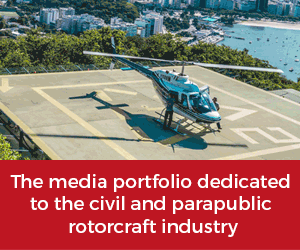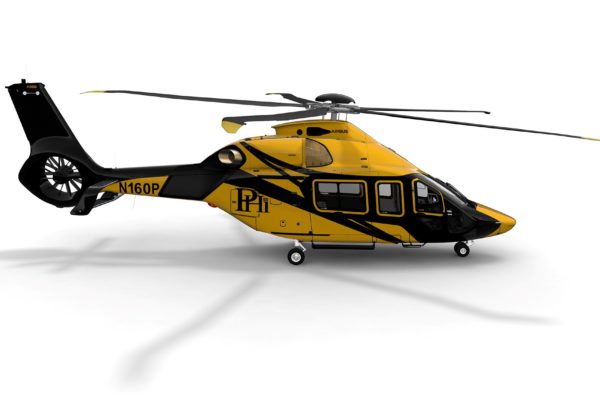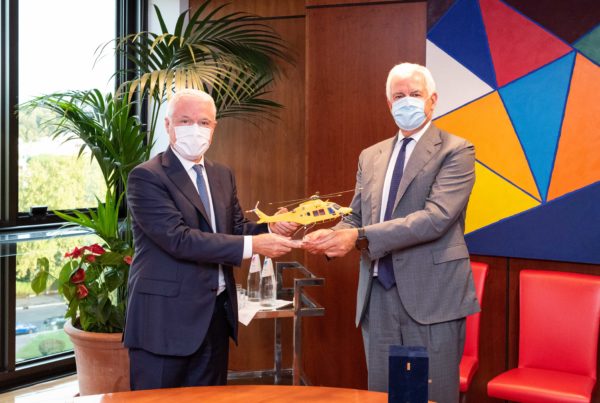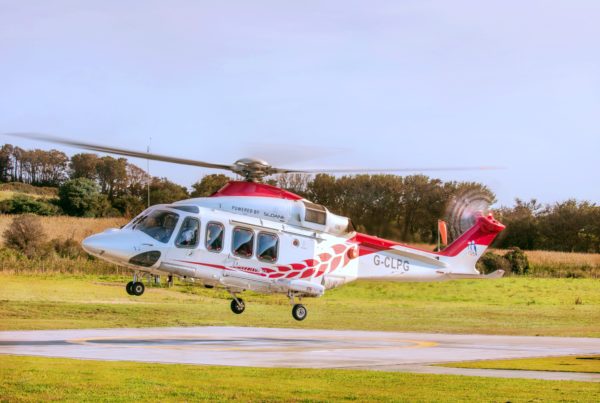One of the most interesting things about the helicopter industry, as opposed to the fixed wing sector, is what’s called the “technology cycle”. Comparatively, it’s a very, very long ride in the rotary market. It simply comes down to what an operator wants a helicopter to do. It’s a basic requirement. You need a cabin to carry people. How many people? There’s a natural limit of 19, if you go higher you must have a cabin attendant. So, simply put, that’s why the Sikorsky S-92 is stuck at 18-19 seats. This hasn’t stopped the type becoming one of the leading players within the offshore oil and gas industry though.
Of course, radius of operation is always important and as far as the exploration industry is concerned, it’s critical. But in terms of speed, helicopters have come to a natural threshold in terms of development, unless something revolutionary comes into daily service, speeds are unlikely to change significantly anytime soon. Fuel efficiency, well it’s not terribly important, but if you can have less burn for every given gallon it takes us back to the range equation. The key things any operator seeks is safety and reliability, these are what everyone is focused on.
When assessing at the fixed wing market, what it has is fuel efficiency. Each time there’s a new aircraft with an improved engine such as the NEO or MAX there’s a commercial aircraft series that offers better fuel burn. But a helicopter is simply a collection of spare parts, and there’s nothing out there on the current horizon that will replace it. There’s an upside to this, as it means that types such as the AW139, 169, 189 and the H145, 175 are going to be around for a very long time. They may well be modified over the years, but the medium and super-medium classes are here to stay for good.






